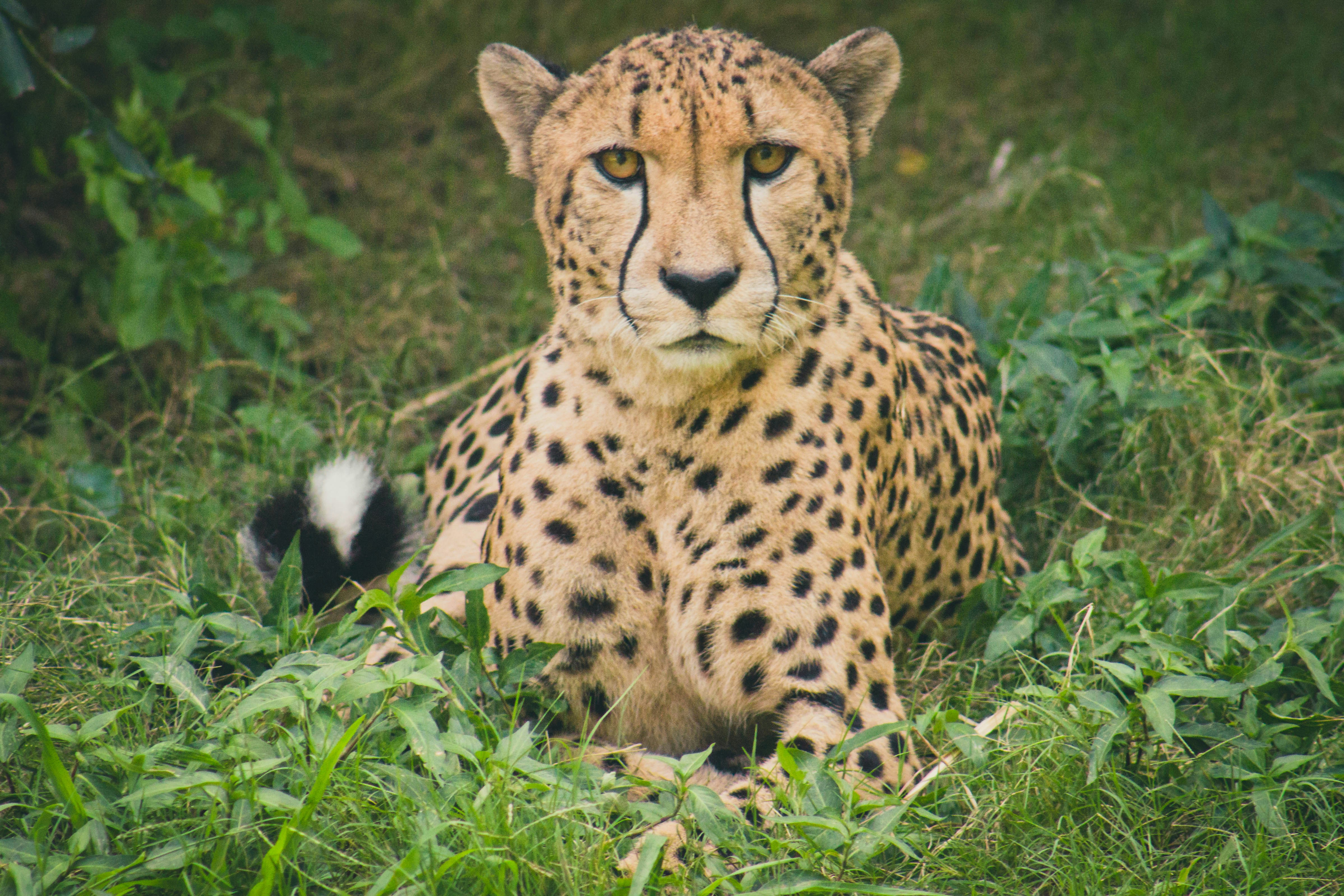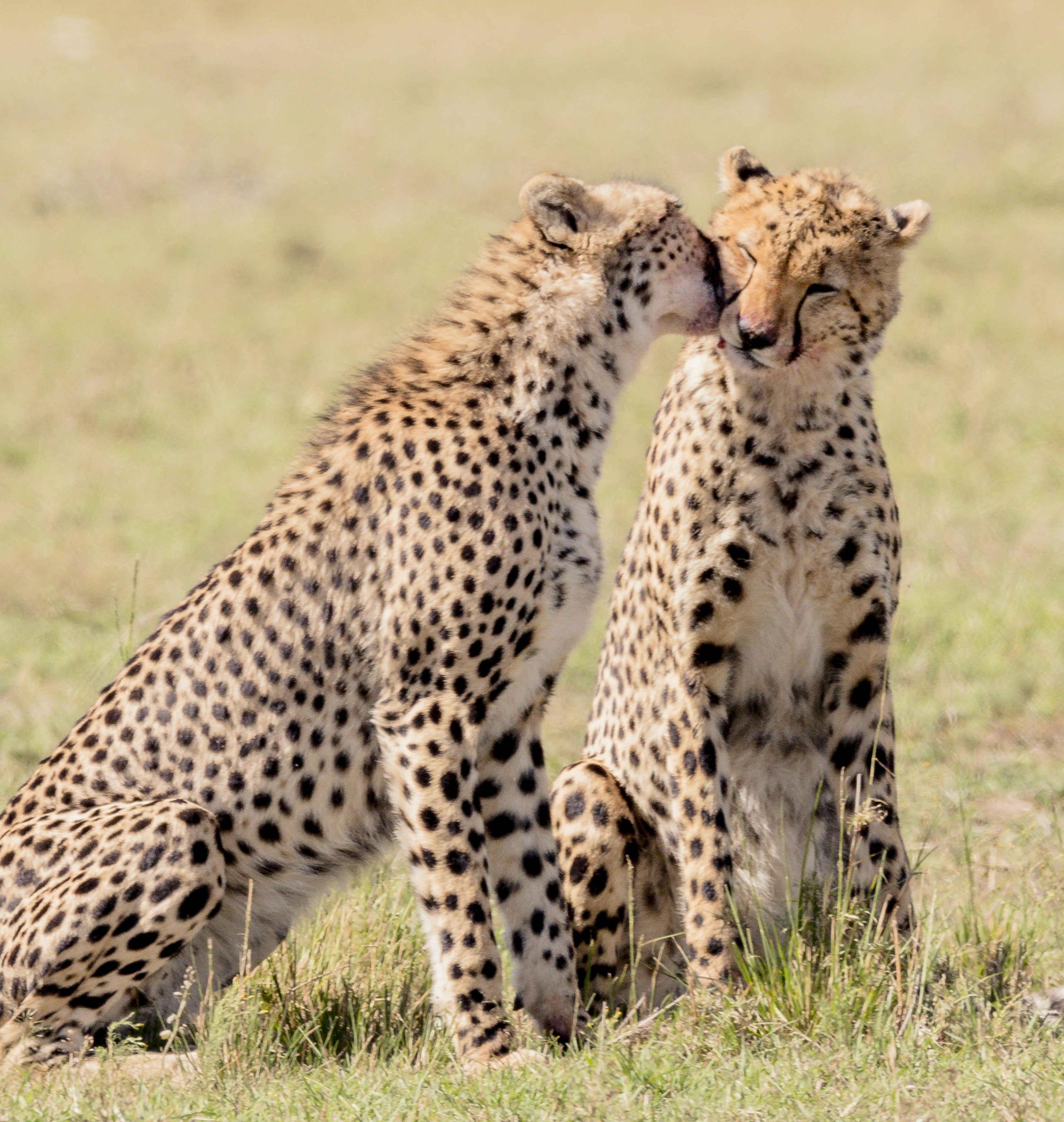The cheetah’s anatomy is finely tuned for speed. Unlike other big cats, its body is slender and lightweight, featuring long, muscular legs that propel it forward with tremendous force. These adaptations enable the cheetah to achieve speeds exceeding 70 miles per hour (110 km/h) over short distances, utilizing its elongated stride to cover up to 30 feet (9 meters) in a single bound.
Enhanced Maneuverability in Pursuit
In addition to its speed, the cheetah boasts specialized features that enhance its maneuverability during high-speed pursuits. Its footpads are sturdy and less rounded than those of other cats, providing superior grip and stability, crucial for navigating sharp turns at top speed. The cheetah’s semi-retractable claws act like cleats, ensuring traction akin to the grip of track shoes on a surface .
The Crucial Role of the Tail
Another critical adaptation is the cheetah’s long, muscular tail. Functioning as a rudder, the tail stabilizes the cheetah’s body and maintains balance during rapid acceleration and deceleration. Tail serves as a counterbalance to the cheetah’s body weight, facilitating agile movements and enabling it to make sudden directional changes without losing momentum.

Biomechanical Studies
Recent scientific studies have provided deeper insights into the biomechanics underlying the cheetah’s speed. It’s not just the cheetah’s size or muscle power alone that determines its astonishing velocity; rather, it’s the combination of how quickly its muscles contract and the extent to which they stretch during each stride that dictates its maximum running speed.
Conservation Challenges
Despite its extraordinary adaptations, the cheetah faces significant conservation challenges. Habitat loss, human-wildlife conflict, and poaching have led to a drastic decline in their population. Today, only about 6,700 cheetahs remain in their natural habitats across Africa, with a small population also surviving in Iran .

VIEWS REGARDING CHEETAH
The cheetah’s unmatched speed and agility symbolize nature’s ingenuity and evolutionary prowess. From its elongated limbs to its specialized claws and tail, every feature of the cheetah’s anatomy is optimized for efficiency in sprinting. As we strive to understand and protect these majestic creatures, it is imperative to safeguard their habitats and ensure their survival for future generations to admire and study
Ultimately, the cheetah serves as a poignant reminder of the importance of preserving biodiversity and our responsibility to conserve the natural world.
















